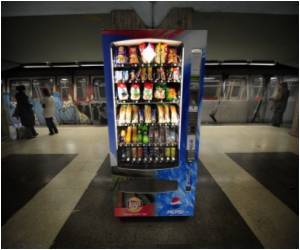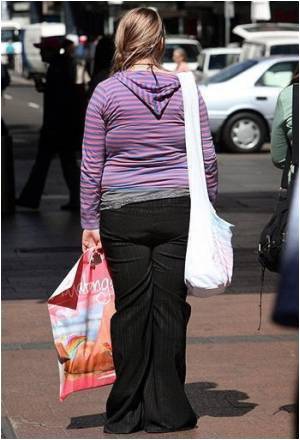
Using 2006-2007 data for New York City school locations, the paper describes the prevalence of five types of food outlets near schools. These included national chain and local fast-food restaurants, pizzerias, small grocery stores or bodegas, and convenience stores within 400 meters (437 yards) of public schools.
The researchers found that 92.9% of students had a small grocery store within 400 meters of their school; these stores typically carry fewer healthy food options than larger grocery stores. In addition, 70.6% had a pizzeria within 400 meters, 48.9 % were that close to a convenience store, 43.2% were within 400 m. of a national chain fast-food restaurant, such as McDonald's or Burger King, and 33.9% were within 400 m. of a local fast-food chain restaurant.
"The data confirm that nearly all New York City public school students have access to inexpensive, energy-dense foods within a 5-minute walk of New York City's public schools," reported Andrew Rundle, DrPH, associate professor of epidemiology at the Mailman School, and senior author.
The study also examined disparities by economic status and race/ethnicity in access to these food outlets, and evaluated the extent to which these disparities are explained by school neighborhoods.
Racial/ethnic minority and low-income students were more likely to attend schools with unhealthy food outlets nearby. Bodegas were the most common source of unhealthy food, with an average of nearly 10 bodegas within 400 m. While more research is needed to analyze the items sold from a nutritional standpoint, it is apparent that small grocery stores offer high caloric foods at very tempting prices.
Advertisement
Advertisement









